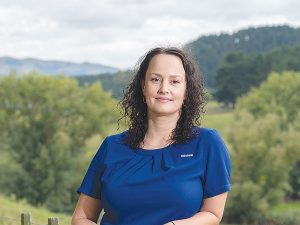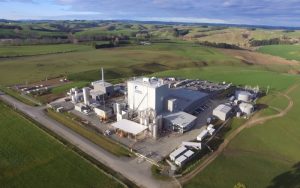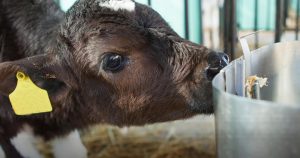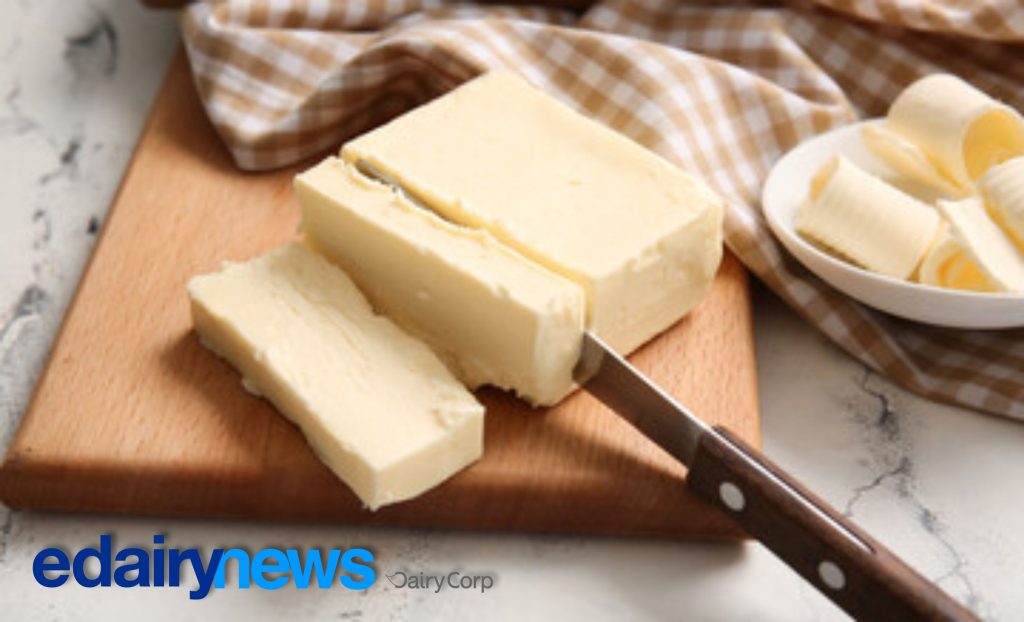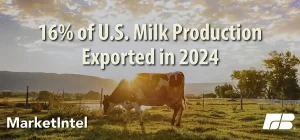
But there is substantial performance variability across the herd which can be significantly improved by measuring it and the use of genomic testing to sort out the relative efficiency of the cattle. American precision livestock company Vytelle has conducted a study of 49,910 animals that demonstrates the opportunity to improve residual feed intake (RFI) which is a moderately heritable trait.
The study shows a mean of 7.3kg of feed (dry matter) intake for each 1kg of weight gain, but 11% of the population required less than 5kg, while a 10% improvement in RFI produced 43% higher profit. In contrast 10% higher average daily weight gain only improved profit by 18%.
As the traditional production of beef cattle comes under threat from land use change, consumer desire for smaller and less costly cuts, and environmental pressures, it will be necessary to look at more efficient use of resources. This will mean lifting the overall average performance of the beef herd through better selection, culminating in faster weight gain and an earlier slaughter age.
The dairy industry has long been a source of prime and bull calves entering the beef industry, but the quality of dairy beef from a meat and feed conversion perspective has been variable. Dairy farmers want to get non-replacement and bull calves off the farm as quickly as possible, while calf rearers have found the market very unpredictable with no guarantee they will be able to make their desired margin when they come to the point of selling them to a finisher. But there are signs this may be about to change.
Fifth generation Hawkes Bay based beef breeders, Rissington Cattle Company, are convinced a coincidence of regulatory and market dynamics, combined with new and improved technologies will drive unprecedented growth in the dairy beef industry. Rissington is also the only Vytelle system to measure feed efficiency in NZ.
They see seven factors that will accelerate the pace of change: a slow decline in the national dairy herd; sexed semen which will reduce the number of dairy cows needed to generate replacements and produce genetic gains; the ban on live exports of dairy and beef heifers; animal welfare concerns; new DNA tools to identify more efficient beef sires for use with non-replacement dairy cows; reduction of environmental footprint by replacing low performance beef cows or sheep and achieving earlier finishing; and minimising disposal costs of non-replacement calves.
There is no reason prime beef farmers cannot take advantage of the newest and best genetics to improve the quality of traditional beef herds, although they may be able to generate the best returns from using their best bulls to improve the beef producing characteristics of dairy cows. But Jeremy Absolom, Executive Director of Rissington, maintains the dairy industry will largely drive the future beef industry, both out of necessity – what to do with the surplus non-replacement cows – and from dairy’s greater willingness to leverage new technology.
There is of course the small problem of dairy cows’ unsuitability for beef production. Dairy cattle have been selected over generations for their ability to convert grass into milk rather than muscle, meat yield and the correct feed conversion for prime beef production, although Jerseys rank well for marbling and some Holstein Friesian genetics exhibit meat quality.
At this point the main weaknesses of non-replacement dairy cows for prime beef are carcase yield, muscle shape, and feed efficiency. These can be improved by careful selection of appropriate beef genetics, while retaining the desired characteristics of easy calving, high days in milk and short gestation, no dehorning requirement, and marbling.
In response to the obvious question about the current volatility of the calf rearing link in the chain, Absolom is adamant the dairy beef industry is poised to make a comeback and this will be the responsibility of the dairy farmer in the first instance, not the beef breeder.
Dairy farming company Southern Pastures recognises the importance of managing its business with careful consideration for animal welfare, environmental footprint, and productivity. The company is working closely with LIC and Rissington to identify the right beef genetics in combination with technologies such as sexed semen and whole herd mating to AI. This will result in fewer bulls needed for natural service on farm with gains in animal welfare, GHGs and human safety.
In the past 5-10% of calves have been targeted for beef production, but the intention is to increase this proportion to 50% or more, focusing on the animals which exhibit the best traits for marbling, pH, muscle development and fast growth. The objective is to achieve greater efficiencies, reduce GHGs, and channel all calves born towards the outcome best suited for a productive life. Ideally the end result will be an improvement in feed conversion for both the dairy and beef industries.
Southern Pastures applies a strong partnership approach to its business which will be an essential feature of its dairy beef raising ambitions. Rissington’s Profit Maker bull semen and service bulls will produce 750 beef calves over non-dairy replacements in the spring, of which the company will put half with calf rearers and keep half to rear and finish on its farms, so it can measure the herd performance in combination with Rissington and LIC. This is likely to be the case for at least two breeding seasons, while a viable pathway for the dairy beef business is established.
This initiative is still in its early stages and there are several moving parts which must be coordinated – beef trait heritability, feed conversion efficiency, an effective supply chain from rearing to finishing, integrating a beef breeding operation into a dairy business, and no doubt others. But credit must go to the partners in this venture for tackling a difficult intersection of the beef and dairy sectors where each side has much to gain from a constructive outcome.




